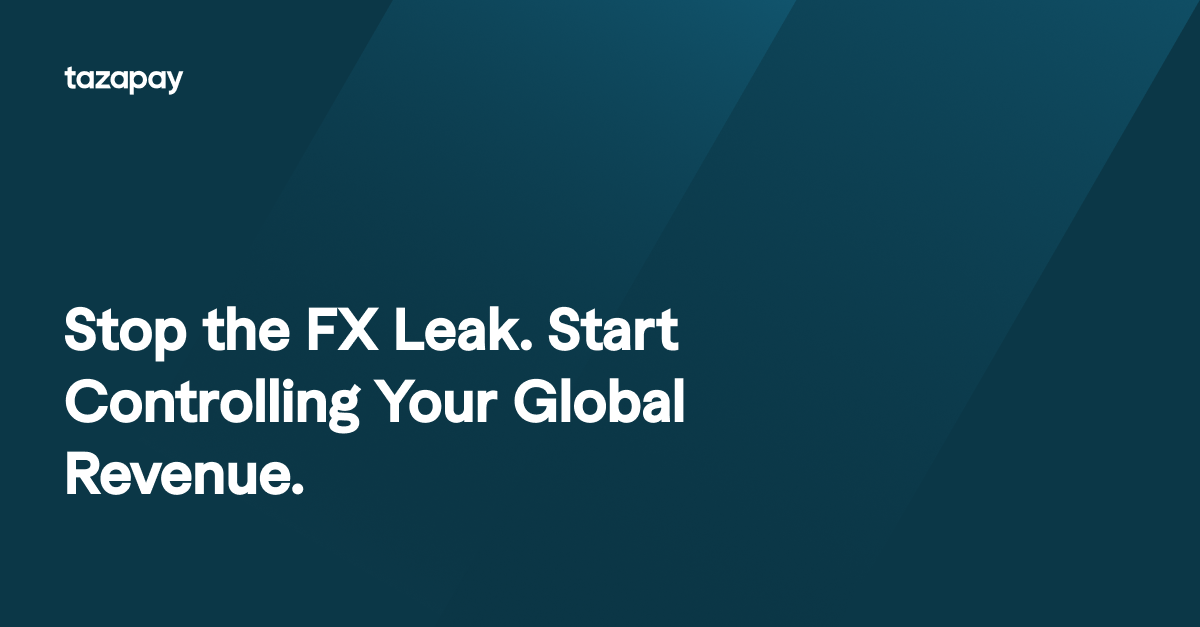As the use of digital currencies grows, stablecoins like USDT (Tether) and USDC (USD Coin) are increasingly being used for global payments. Yet with rising adoption comes an essential question: Are stablecoin payments legal? In this article, we break down the regulatory landscape surrounding these popular stablecoins, explore the differences in their compliance approaches, and provide actionable insights for businesses considering stablecoin solutions.
1. The Legal Landscape for Stablecoins
Stablecoins occupy a unique position at the intersection of traditional finance and digital innovation. While cryptocurrencies have long faced regulatory uncertainty, stablecoins benefit from being pegged to fiat currencies. However, this doesn’t exempt them from scrutiny. In the United States, regulatory bodies such as the Securities and Exchange Commission (SEC), Commodity Futures Trading Commission (CFTC), and Financial Crimes Enforcement Network (FinCEN) have all weighed in on digital assets, with evolving guidelines aimed at ensuring consumer protection, anti-money laundering (AML), and know-your-customer (KYC) standards.
Recent developments like the European Union’s Markets in Crypto-Assets (MiCA) framework have helped set clearer guidelines for digital asset issuers. In the U.S., policymakers are working on proposals that could further clarify how stablecoins should operate legally. These evolving regulations are central to how businesses assess the risks and opportunities of adopting stablecoin payments.
2. Understanding USDT and USDC
USDT and USDC are two of the most widely used stablecoins, and while they share similarities, their regulatory journeys differ:
- USDT (Tether): USDT is a fiat-collateralized stablecoin, meaning each token is intended to be backed 1:1 by reserves, typically held in bank deposits or other cash equivalents. Despite its market dominance, USDT has faced controversies over the transparency and sufficiency of its reserves. Past enforcement actions have raised questions about its full regulatory compliance.
- USDC (USD Coin): USDC is also fiat-collateralized and is widely regarded for its transparency and strong compliance practices. Managed by regulated entities, USDC routinely undergoes independent audits to verify that its reserves match the outstanding supply, which has helped build market confidence and ease regulatory concerns
.
Understanding these differences is crucial for businesses. While USDT’s history includes regulatory scrutiny, USDC’s approach has generally been more in line with evolving compliance standards, making it a preferred choice for institutions prioritizing transparency.
3. Regulatory Compliance: What It Means for Stablecoin Payments
Stablecoin payments must meet the same rigorous standards as traditional digital payments. This includes:
- AML and KYC Requirements: Issuers must implement stringent AML and KYC protocols to prevent money laundering and illicit activities. Both USDT and USDC have systems in place, but USDC’s processes are often highlighted as more robust.
- Reserve Transparency: A stablecoin’s value hinges on its collateral. Regular audits and transparent reserve reporting are key compliance measures. USDC has built its reputation on clear and frequent disclosures, whereas USDT has taken steps to improve transparency following past disputes.
- Consumer Protection: Regulations also require clear guidelines on user rights and dispute resolution mechanisms. Stablecoin platforms must ensure that their operations protect end-users, aligning with broader financial consumer protection standards.
These compliance measures can influence transaction costs and operational speed, but they also build trust among users and regulators alike. As legal frameworks evolve, adhering to these standards becomes essential for stablecoin issuers and their users.
4. Current Legal Status of USDT and USDC
In practice, both USDT and USDC operate in a legally gray area that is slowly becoming clearer through regulatory action:
- USDT: Despite its widespread use, USDT has encountered legal challenges over its reserve practices. Regulators have scrutinized its claims, leading to settlements that emphasize the need for improved transparency. While USDT remains legal, its history of regulatory issues may influence how some businesses view its risk profile.
- USDC: USDC has positioned itself as a more compliant and transparent stablecoin. Its regular audits, clear reserve disclosures, and adherence to stringent regulatory standards have contributed to a perception of higher reliability. This has made USDC attractive to businesses and financial institutions that require certainty in legal compliance.
The legal status of both coins is evolving. Ongoing regulatory discussions in the U.S. and abroad continue to shape the framework under which stablecoins operate. For now, both USDT and USDC are used widely, but businesses need to stay updated on regulatory changes that might impact their operations.
5. Practical Considerations for Businesses
For businesses looking to integrate stablecoin payments, due diligence is key:
- Risk Management: Evaluate the reserve practices and audit reports of stablecoin issuers. For example, USDC’s transparent practices may reduce legal risk compared to USDT.
- Integration Solutions: Fintech providers offer seamless onramp/offramp services, enabling businesses to convert fiat to stablecoins and back without friction. This helps maintain compliance while benefiting from stablecoins’ speed and efficiency.
- Regulatory Monitoring: Stay informed about evolving regulations. Engage with legal advisors who specialize in digital assets to ensure that your payment processes remain compliant with both current and future regulatory requirements.
By focusing on these practical considerations, businesses can confidently adopt stablecoin payments while mitigating legal risks.
6. Future Outlook: Evolving Regulations and Market Adaptation
The regulatory landscape for stablecoins is in flux. With clearer frameworks emerging—such as MiCA in Europe and new proposals in the U.S.—the path toward greater legal certainty is unfolding. As stablecoin issuers continue to refine their compliance processes, the market is likely to see increased institutional adoption. This will not only enhance consumer trust but also further integrate stablecoin payments into the global financial ecosystem.
For businesses, this evolving environment means staying agile and prepared to adapt as regulations become more definitive. Integrating robust compliance measures today can pave the way for smoother operations in the future.
7. Conclusion and Key Takeaways
Stablecoin payments, particularly with USDT and USDC, currently operate in a legal framework that is still evolving. Key takeaways include:
- Legal Complexity: While both USDT and USDC are legal, their compliance records differ. USDC’s transparency and adherence to regulatory standards make it a strong choice for businesses concerned about legal risk.
- Regulatory Measures: AML/KYC, reserve transparency, and consumer protection are central to the legal framework governing stablecoins.
- Practical Integration: Services like onramp/offramp solutions help businesses bridge the gap between fiat and stablecoins, ensuring smooth and compliant transactions.
- Future Developments: As regulatory frameworks mature, the market for stablecoin payments will likely stabilize, encouraging broader adoption and reinforcing trust.
For businesses considering stablecoin payments, understanding these regulatory nuances is essential. By staying informed and adopting best practices, companies can leverage the benefits of digital payments while navigating the legal landscape confidently.
**Disclaimer: The stablecoin-related services referenced in this content are provided solely by Tazapay Canada Corp., and not by Tazapay Singapore Pte Ltd.
FX losses occur when funds are converted prematurely or at unfavorable rates, reducing your overall revenue. These small gaps compound significantly across multiple transactions.
Virtual accounts let you collect and hold funds in the same currency without immediate conversion. You can convert or pay out later when rates are more favorable.
No. Tazapay allows businesses to open named virtual accounts in 35+ currencies without the need for local entity registration.
Tazapay supports collections in 35+ currencies and payouts in 100+ currencies through local bank rails or SWIFT.
Yes. You can initiate global payouts directly from your virtual account balances — all managed in one unified dashboard.
Tazapay operates under licenses and registrations with MAS (Singapore), FINTRAC (Canada), AUSTRAC (Australia), and VASP (Lithuania).







.png)



